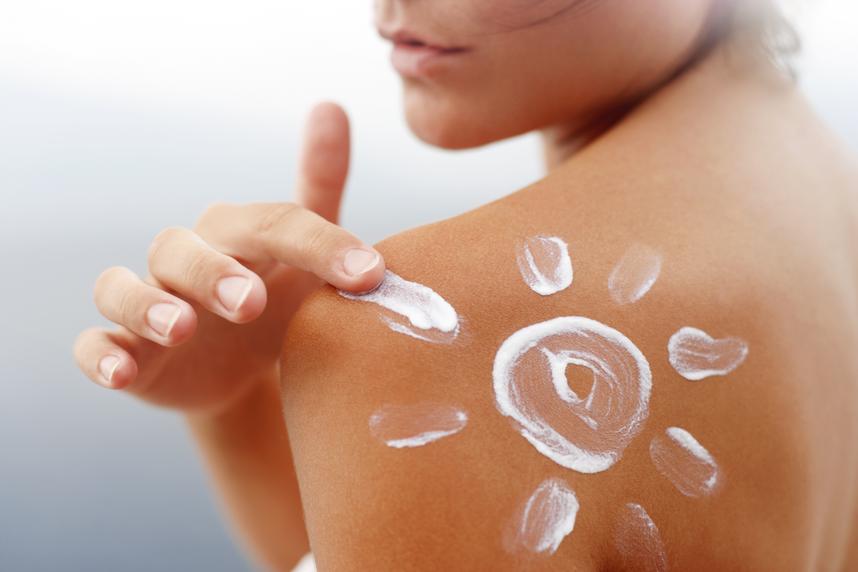How sunscreens work: Physical/Mineral vs. Chemical Sunscreen Ingredients
A chemical sunscreen uses ingredients that absorb UV rays. The absorbed energy is transformed into heat, so the UV rays don’t reach the skin. The primary active ingredients in chemical sunscreens are oxybenzone, avobenzone, octisalate, octocrylene, homosalate and octinoxate.
A physical sunscreen is commonly referred to as a mineral sunscreen. The protective layer of minerals absorbs UV rays and also scatters and reflects them away from the skin. The main active ingredients in a mineral sunscreen are titanium dioxide, zinc oxide or both.
The advantages of mineral sunscreens:
- Protect against UVA and UVB rays
- Tend to be well-tolerated and not irritating to sensitive skin
- Provides great photostability, so when minerals are exposed to the energy from UV rays, they won’t degrade and become ineffective
The drawbacks of mineral sunscreens:
- Can feel heavy on the skin
- May be difficult to fully blend into the skin, leaving a white residue on the skin
The advantages of chemical sunscreens:
- Protect against UVA and UVB rays
- Easy to apply and absorb into the skin without leaving a white residue
The drawbacks of chemical sunscreens:
- Chemical sunscreen ingredients are more likely to irritate sensitive skin.
- Some chemical sunscreens may cause photosensitivity, a heightened skin sensitivity or unusual skin reaction when the skin is exposed to UV rays.
- May not be reef friendly
How to choose a sunscreen for sensitive skin
Whether you choose a physical or chemical sunscreen, there are other things to consider when you have sensitive skin. Remember that all of the ingredients are important. Sunscreens that are free of common chemical irritants tend to be more easily tolerated. In addition, check the label for the following:
- Be sure it is labeled broad spectrum protection. This means it will protect your skin from both UVA and UVB rays.
- Choose a sunscreen with an SPF 30 or higher.
- Look for a sunscreen that is water resistant. UV rays can penetrate through water.
- Reduce potential irritation by selecting a fragrance-free sunscreen.
- Non-comedogenic sunscreens won’t clog pores.
Vanicream™ Sunscreens
Vanicream™ Sunscreen Broad Spectrum SPF 50+, Sunscreen Sport Broad Spectrum SPF 35, and Facial Moisturizer Broad Spectrum SPF 30 provide broad spectrum protection from UVA and UVB rays and are formulated for those with sensitive skin in mind.
Consult a doctor
If you have questions or react to a sunscreen, always contact a dermatologist with your concerns. You can find tips for introducing a new product into your skin care routine here.
Sources:
Cole, C., Shyr, T., & Ou-Yang, H. (2015). Metal oxide sunscreens protect skin by absorption, not by reflection or scattering. Photodermatology, Photoimmunology & Photomedicine, 32(1), 5-10. doi:10.1111/phpp.12214
More, B. (2007). Physical sunscreens: On the comeback trail. Indian Journal of Dermatology, Venereology and Leprology, 73(2), 80. doi:10.4103/0378-6323.31890
